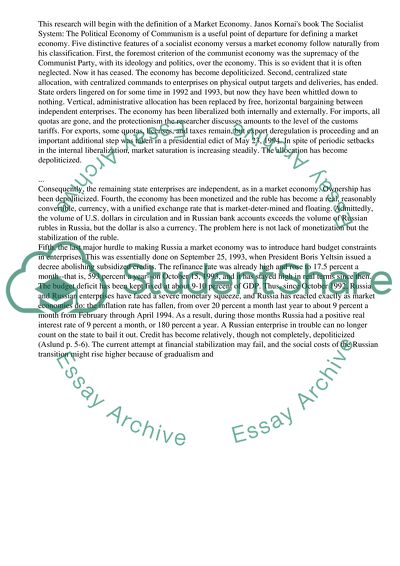Cite this document
(“How the Russian Economy Can Regain Its International Presence Essay”, n.d.)
How the Russian Economy Can Regain Its International Presence Essay. Retrieved from https://studentshare.org/business/1508243-the-demise-of-the-russian-economy-and-how-it-can-regain-its-international-presence
How the Russian Economy Can Regain Its International Presence Essay. Retrieved from https://studentshare.org/business/1508243-the-demise-of-the-russian-economy-and-how-it-can-regain-its-international-presence
(How the Russian Economy Can Regain Its International Presence Essay)
How the Russian Economy Can Regain Its International Presence Essay. https://studentshare.org/business/1508243-the-demise-of-the-russian-economy-and-how-it-can-regain-its-international-presence.
How the Russian Economy Can Regain Its International Presence Essay. https://studentshare.org/business/1508243-the-demise-of-the-russian-economy-and-how-it-can-regain-its-international-presence.
“How the Russian Economy Can Regain Its International Presence Essay”, n.d. https://studentshare.org/business/1508243-the-demise-of-the-russian-economy-and-how-it-can-regain-its-international-presence.


